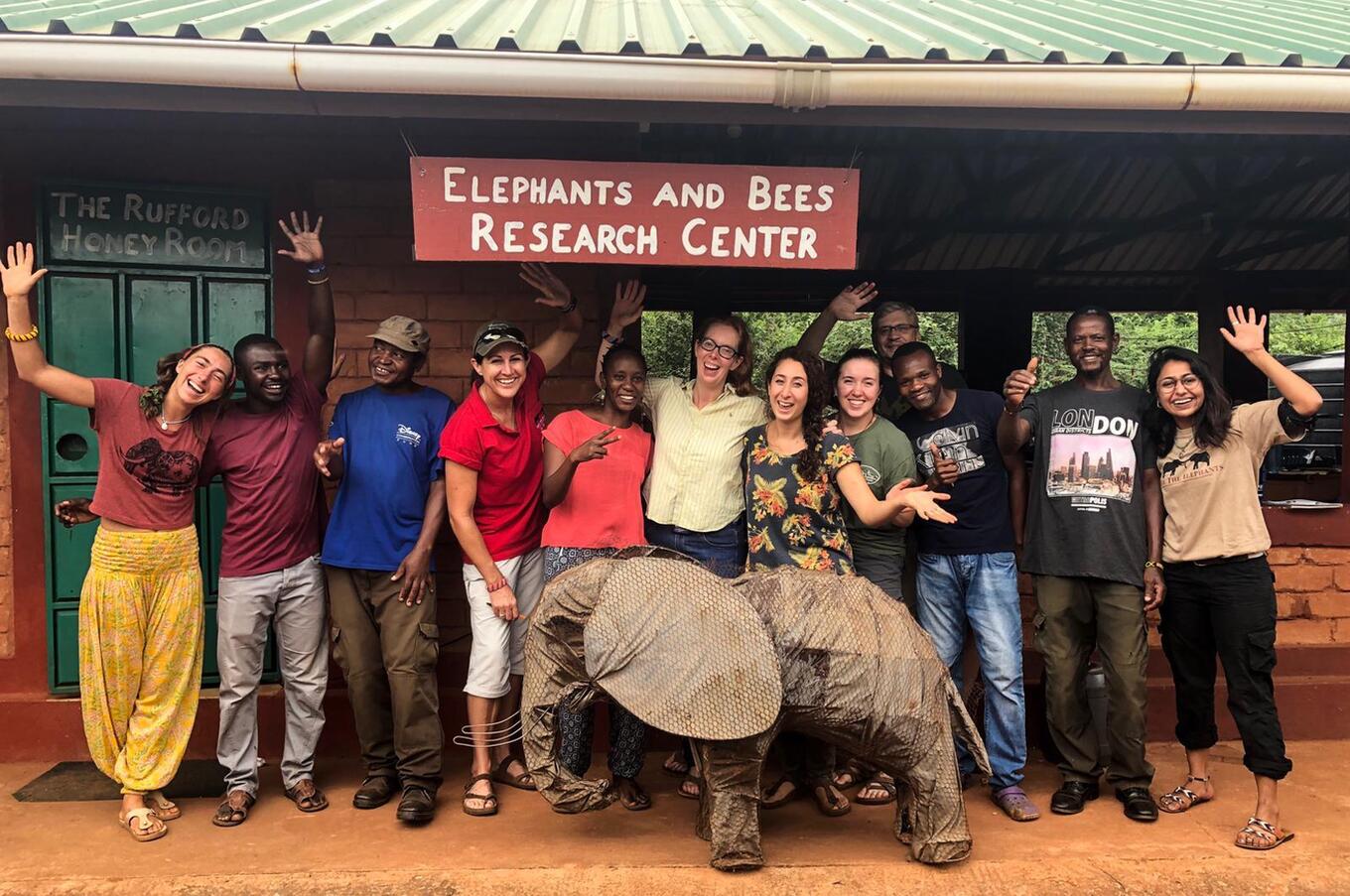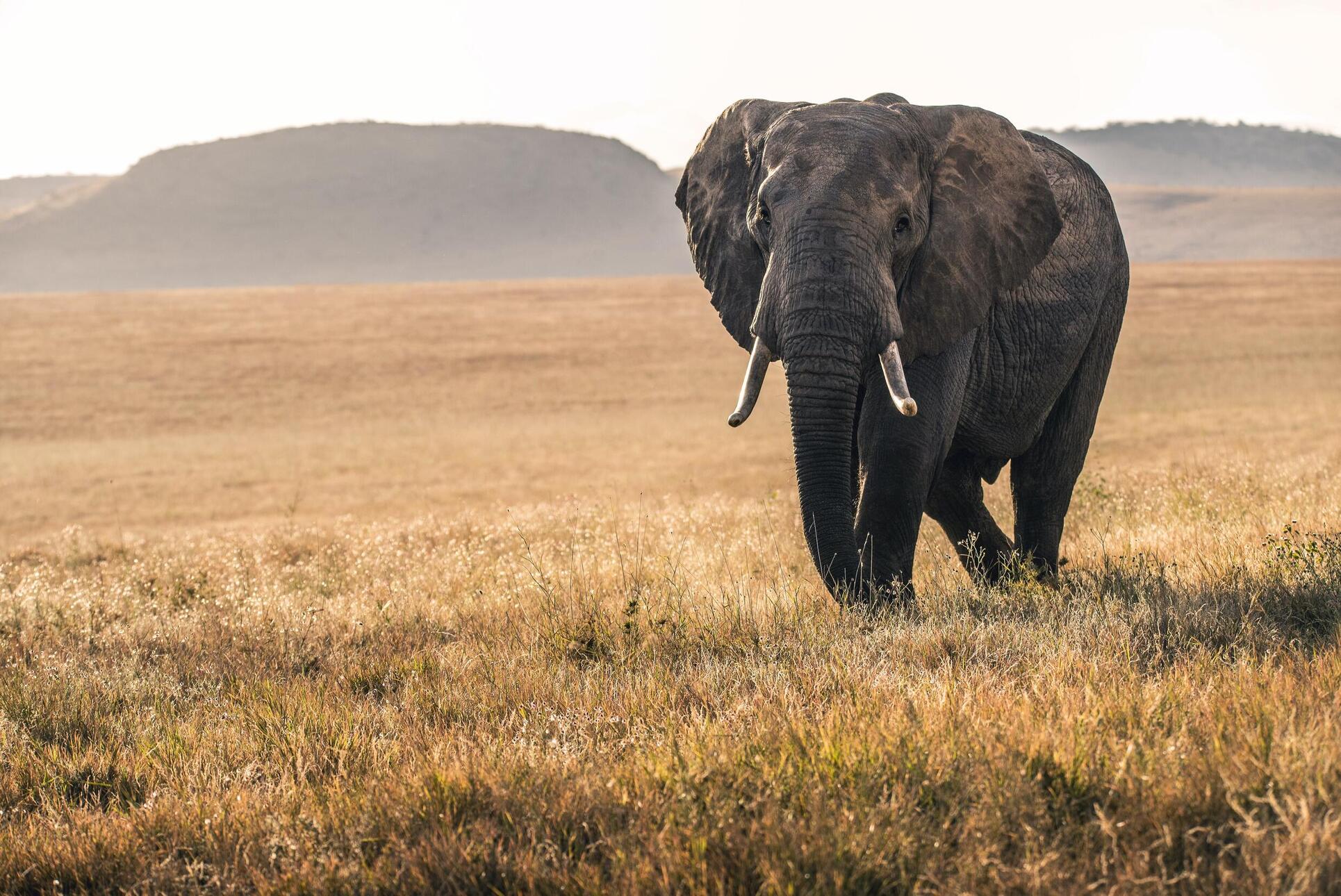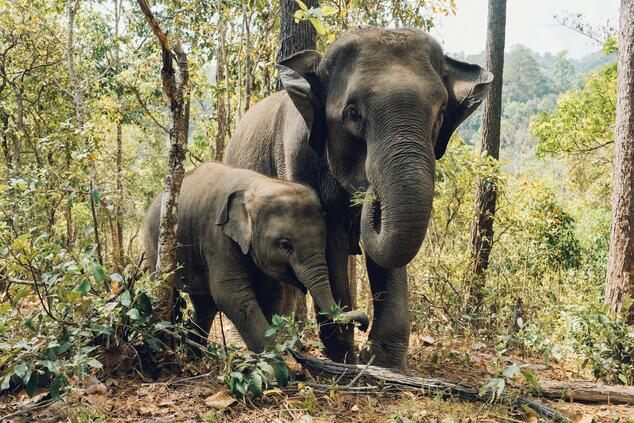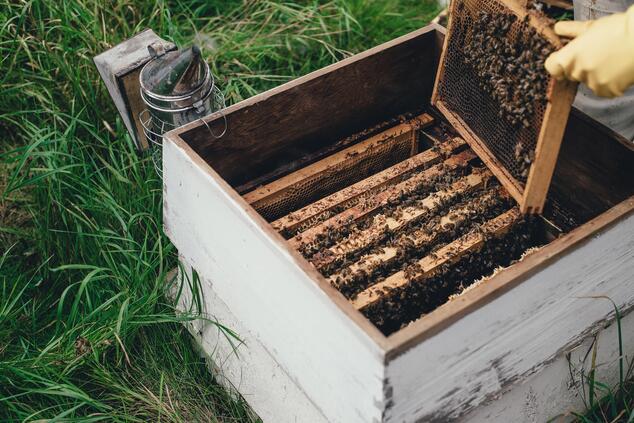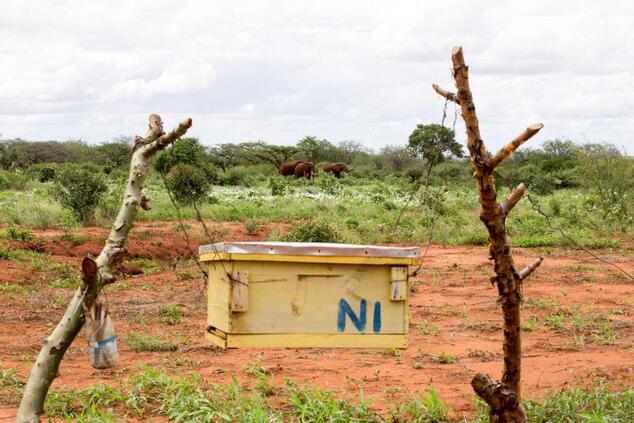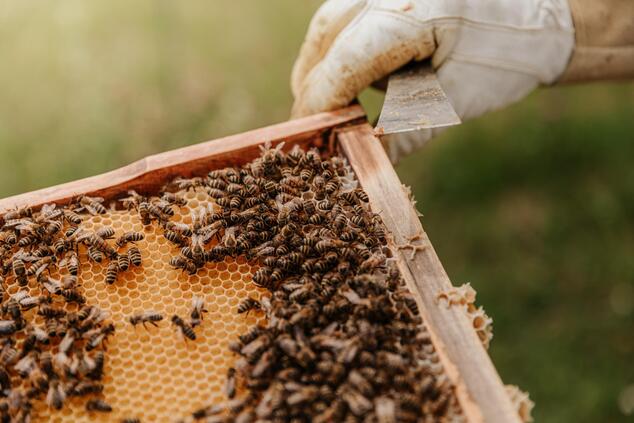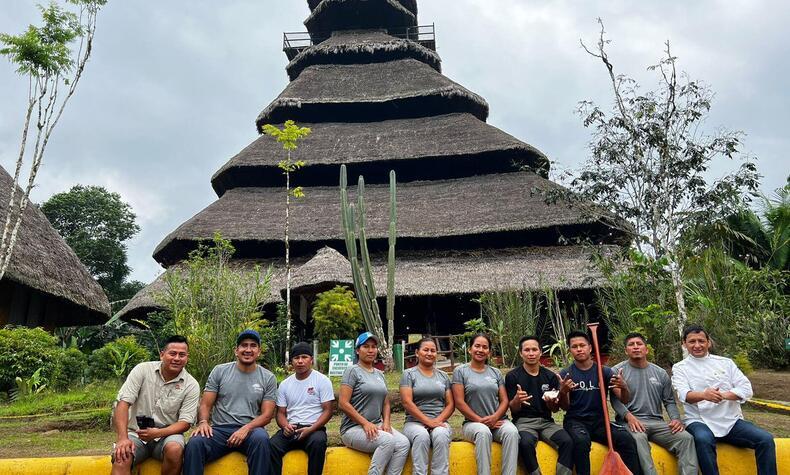Elephants that were afraid of bees
What do an elephant and a bee have in common? A priori it might seem like nothing, but the reality is that elephants, one of the largest animals on the planet, are afraid of bees and feel real dread when they hear their characteristic buzzing sound.
In 2011, Lucy King, a researcher at Oxford University's Department of Zoology, demonstrated for the first time that nine out of ten elephants fear bees and flee when they hear their buzzing sound, for fear of being stung inside their trunk.
This finding was crucial in resolving the never-ending conflict between farmers and elephants in parts of Asia and Africa, where crops occupy some of the natural migration corridors of wild elephants and this situation endangers both the crops and the lives of the elephants themselves.
In Kenya, elephants move freely through the country throughout the year on migratory routes, following the rains and frequently ravaging different crop areas to satisfy their hunger. This conflict is one of the major causes of death of elephants, poisoned by farmers with small arrows or trapped in wire traps where they end up dying of starvation.
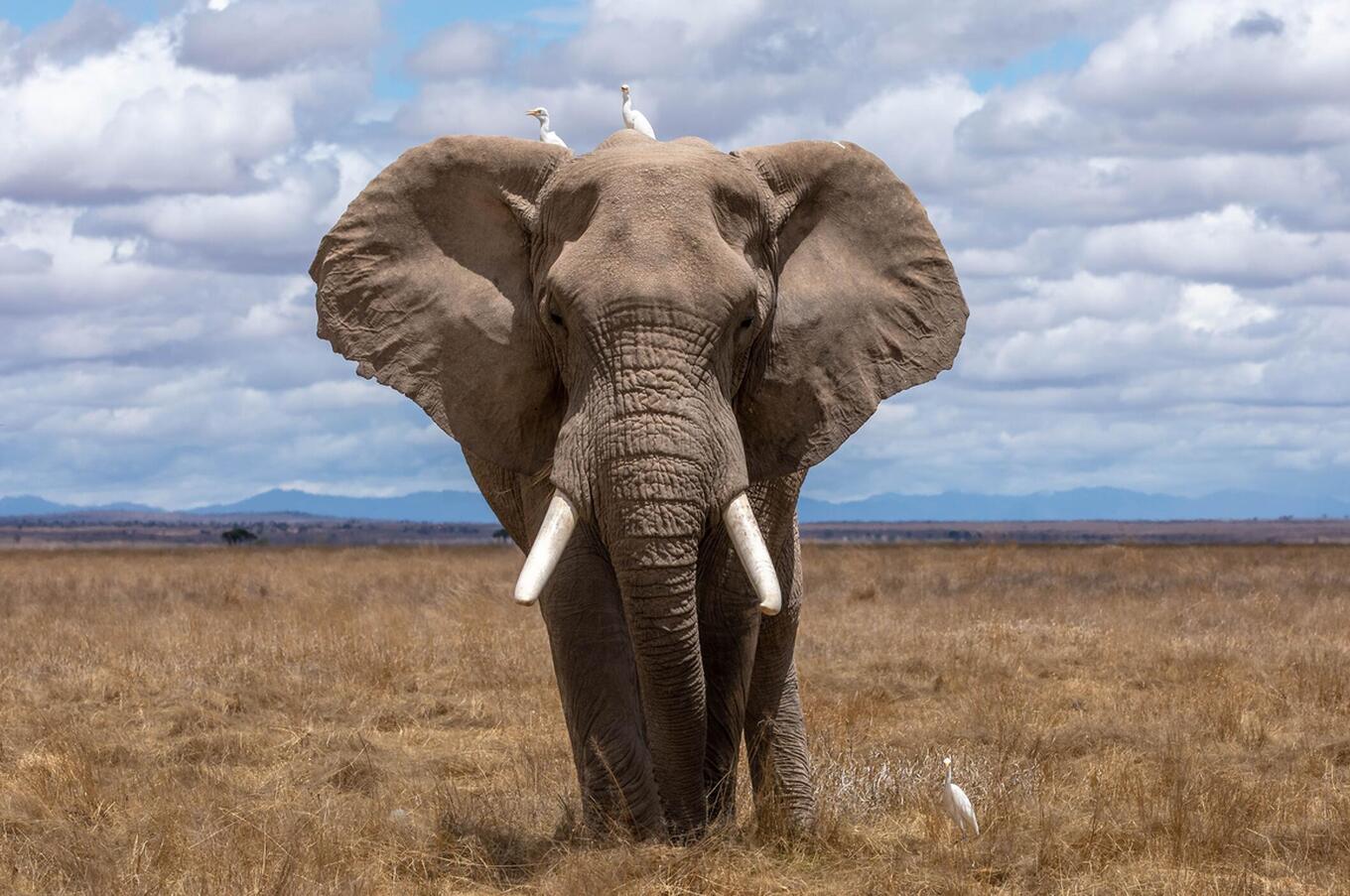
This ancient elephant fear of bees, discovered by King, led to the birth of the "Elephants & Bees" project, which helps farmers in different countries in Africa and Asia protect their crops from elephants with the help of bees. It uses something as simple as fencing in the field with beehives, which serves as a natural deterrent and helps to minimize the damage elephants can cause to crops.
Thus, farmers do not see their crops endangered by the elephants' gluttony, and conflicts between the local community and these pachyderms are avoided. In addition, this project, based in Sagalla, next to the Tsavo National Park, has other beneficial side effects for the area. The bees in the hives make an important contribution to the pollination of plants and flowers, and the honey and wax they produce is collected and marketed, which has a positive economic and social impact on the local community itself.
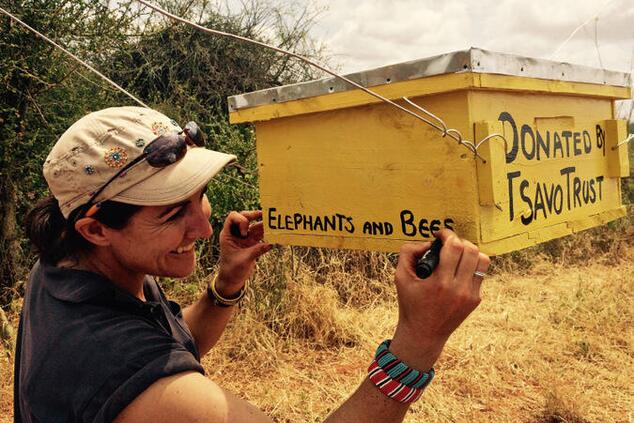
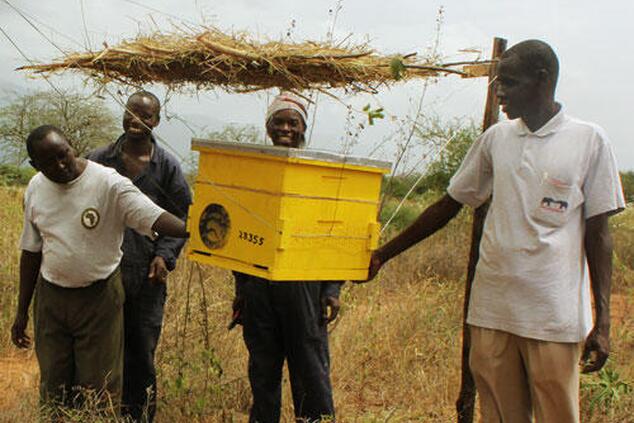
While beehive enclosures are important because they mitigate human-elephant conflict by deterring elephants from raiding crops, they also have an additional benefit: they produce delicious "Elephant friendly" honey.
The "Elephants & Bees" project buys raw honey from the farmers at a generous price, which ensures an alternative source of income for them and helps keep them motivated and committed to the project.
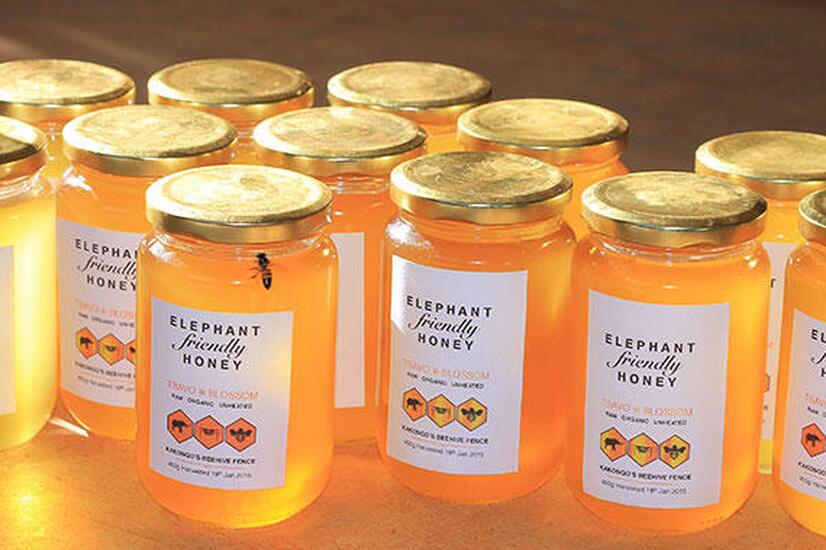
The elephant problem in Asia
However, the problem between elephants and humans is not specific in Africa. In Asia, Hindu, and Buddhist religious traditions give elephants sacred status, and humans have been taming, training, and riding elephants for millennia. Asia's elephant population has experienced a 90% decline in the last 100 years and a rough estimate suggests that as much as 95% of its original habitat has been lost during the same period, mainly due to rapid population increase on that continent.
Today, populations of wild elephants live in isolated, mostly small patches, unable to socialize, due to human settlements encroaching on ancient migratory routes. Incidents of elephants raiding crops are on the rise. This causes losses of both human lives and elephants. Experts consider these clashes to be the leading cause of death of elephants in Asia.
- Overpopulation is one of the main causes of human-elephant conflict in Asia. Photo: Pawel Dotio —
- Bees contribute to the pollination of the environment and to the production and marketing of honey —
- The hives are strategically placed around the crop fields —
- Photos: Elephants & Bees
To get an idea of the magnitude of the conflict between elephants and humans, in India, approximately 300 people a year are killed by elephant attacks, and in 2012 alone, more than 60 people were attacked and killed by elephants in Sri Lanka. Sadly, farmers killed more than 250 elephants in Sri Lanka that year as well.
For this reason, "Elephants & Bees" has begun collaborating with elephant researchers in Asia to see if the honeycomb fencing system could work there as well to reduce human-elephant conflict and promote practical, cost-effective ways to help people protect themselves and their crops without harming these sacred animals. Currently, the project is present in 13 countries in Africa and 3 in Asia.
